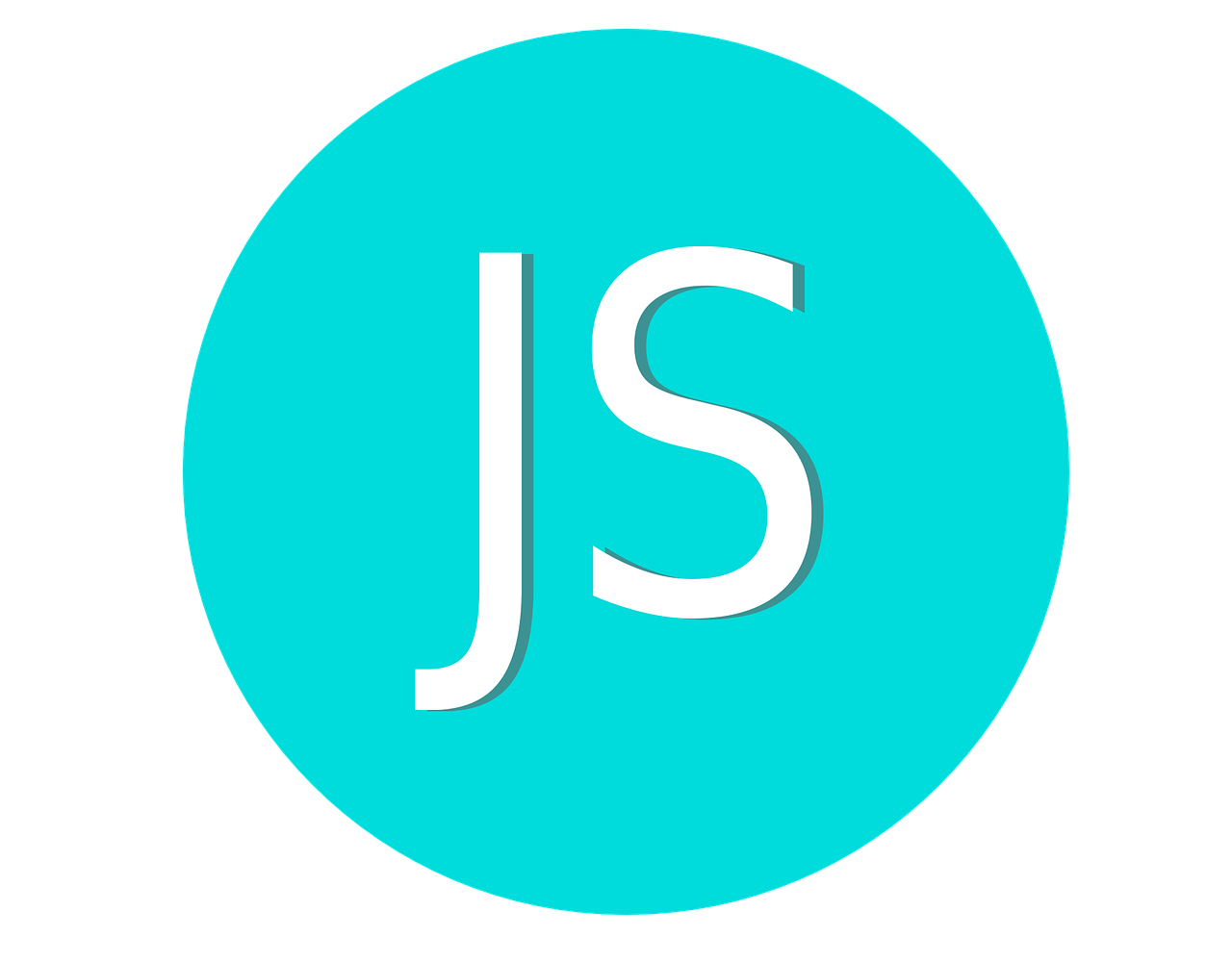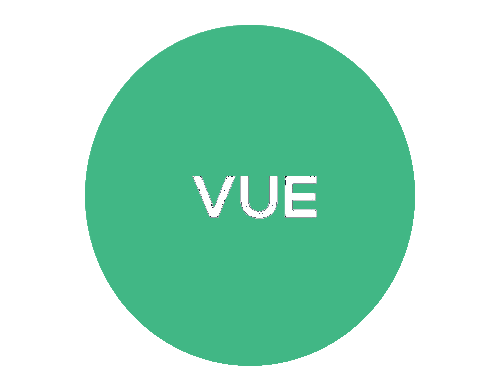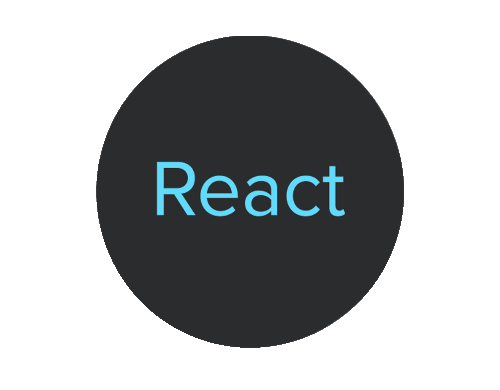React.js, commonly referred to as React, is an open-source JavaScript library used for building user interfaces, specifically for single-page applications and mobile applications. It was developed by Facebook and is now maintained by Facebook and a community of developers. React allows developers to create reusable UI components and manage the state of these components efficiently, resulting in a more modular and maintainable codebase.
-
Setup Environment: Before you start, you need to have Node.js and npm (Node Package Manager) installed on your system. You can download them from the official Node.js website: https://nodejs.org/
-
Create a New React App: Open your terminal and run the following commands:
npx create-react-app my-react-app cd my-react-app
This will create a new directory called my-react-app containing the basic structure of a React application.
Modify App Component: Open the src/App.js file in your project directory and replace its contents with the following code:
import React from 'react';
function App() {
return (
Hello, React!
);
}
export default App;
Run the App: Now, in your terminal, run the following command:
npm start
This will start the development server and open your new React app in your default web browser.
View the Result: You should see a web page displaying "Hello, React!" in your browser. Congratulations, you've just set up a basic React app!
This example demonstrates the basic setup of a React application using the Create React App tool. React apps are built using a combination of components that can have their own state, props, and lifecycle methods. As you become more comfortable with React, you can start building more complex applications by creating additional components, managing state, handling user interactions, and connecting to APIs.
Remember that this is just a simple introduction. React has a lot more to offer, including features like routing, state management libraries (like Redux), and interacting with backend servers. You can explore these topics as you continue to build more advanced applications.



